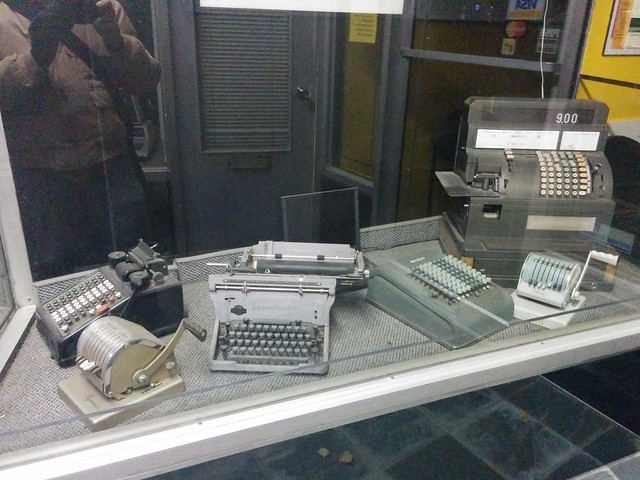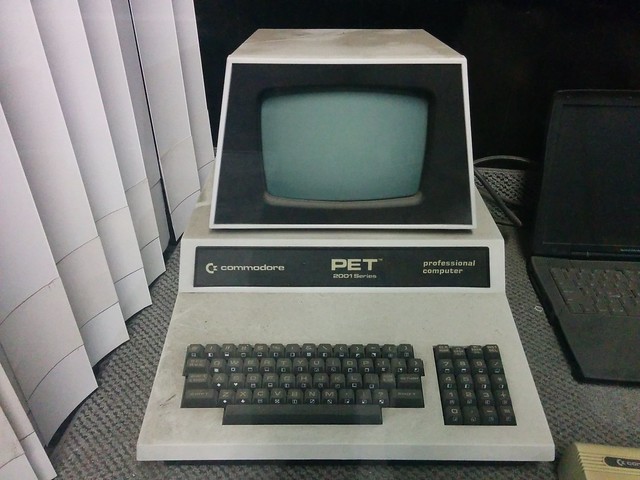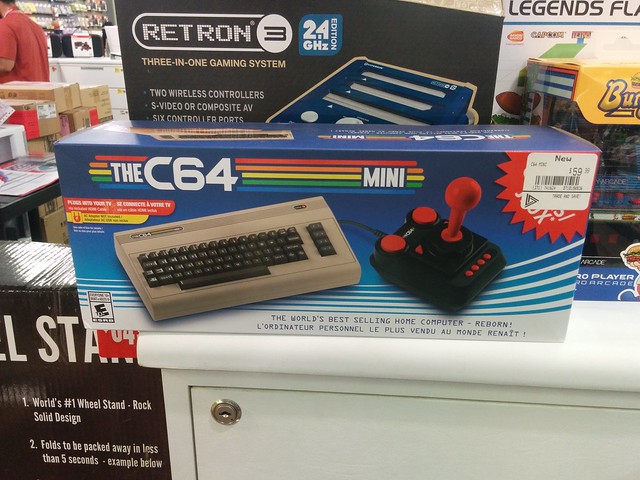CBC reported in 2012 that Canadian-founded company
Datawind was trying to make the world's cheapest tablet computer, for the educational market in India.
DataWind, a wireless manufacturing company started by two Indian-born, Canadian-raised brothers, Suneet and Raja Tuli, has produced what The Wall Street Journal calls the world's cheapest tablet computer.
The Aakash Tablet sells for $35. It has a basic touch screen and can be used for functions like word processing, web browsing and video-conferencing.
Aakash has a seven-inch HD 2.2 touch screen and an Android video co-processor. Last year, the company signed a contract with the government of India, which intends to deliver 10 million of the tablets to students across India.
Founded in Montreal and now headquartered in London, U.K., DataWind has offices in Amritsar, Dallas and Mississauga.
After no small amount of work and travail and scandal, DataWind has come up with the
Aakash 2. This tablet computer is now also
for sale in Canada, the United States, and the United Kingdom, marketed as the Ubislate 7Ci. The Ubislate 7Ci isn't for sale in any retail locations yet, but it can be ordered online at the
Ubislate website.
Yes, it is on sale for the price of $C37.99. Even including taxes and the costs of shipping within Ontario, the total comes to $C54.22. Prices in the Ubislate 7Ci's other First World markets seem comparable. This isn't bad for a device with 4 gigabytes of memory, a seven-inch screen, WiFi connectivity, and the like. (And always, I keep comparing this device as other devices with the Commodore 64C that was my first computer.)
The reviews I've come across for the Ubislate 7Ci so far tend towards the cautiously positive. Reviewers like
Yahoo Shopping's Marc Saltzman,
Toronto Star's Raju Mudhar,
Wired UK's Olivia Solon,
PC Mag's Sascha Segan, and
The Next Web's Josh Ong tend to think it's at least basically capable, and that while not comparable to the current generation of tablets, can serve certain basic functions.
Robert Santellan's video review is a complete half-hour clip that evidences his own enthusiasm for the device.
Canadian Press' Michael Oliveira suggests in his review that this is a device more suited for simple uses--children's entertainment, say, or watching videos or listening to media.
What exactly do you get in a tablet that costs just $37.99 before taxes and shipping?
The Ubislate 7Ci — which is billed as the "world's lowest-cost tablet" by its maker Datawind — has a seven-inch screen, is assembled with outdated hardware, and not surprisingly runs on Google's Android platform, the common denominator of most ultra low-priced tablets.
But does it work?
Certainly there's no comparing the Ubislate 7Ci to one of Apple's iPads or another higher-end tablet. And it doesn't even come close to rivalling Google's Nexus 7, a cheap but very capable device designed to undercut the tablet market at $229.
But for a device that costs just over $50 all in, there's a lot to like about the Ubislate 7Ci — assuming a buyer has very realistic expectations about what they're getting.
I'm pleased that a company that at least has strong links to Canada has managed to pioneer the market of ultra-cheap tablet computers. Might we still have something of a high-tech future in front of us?
I'm also curious as to the extent to which prices for tablet computers will drop generally. As a content-generator more than a content-consumer, the Ubislate 7Ci--tablet computers more broadly--don't appeal to me. Might this change as more capable devices become available for less?












